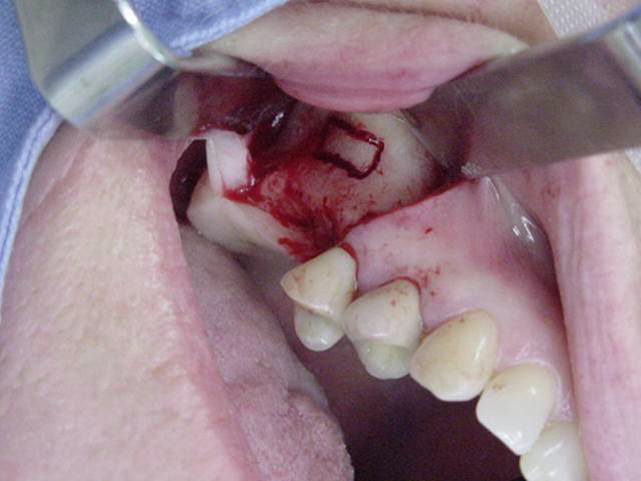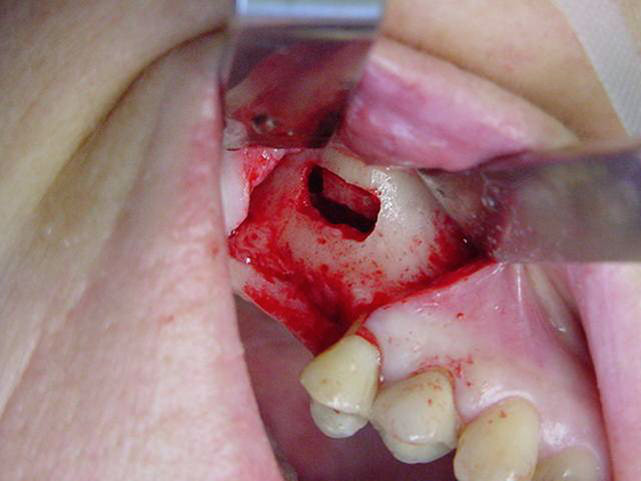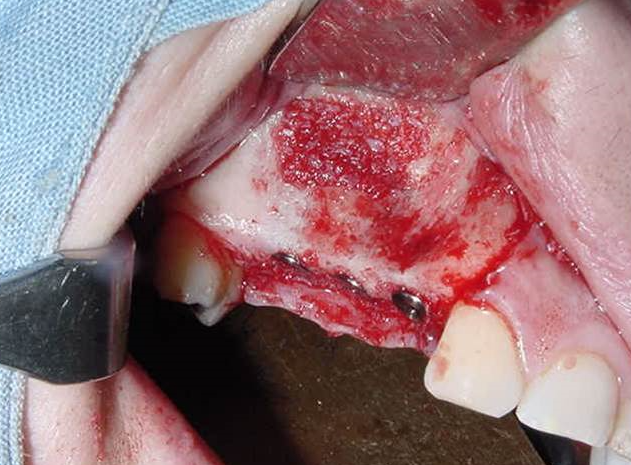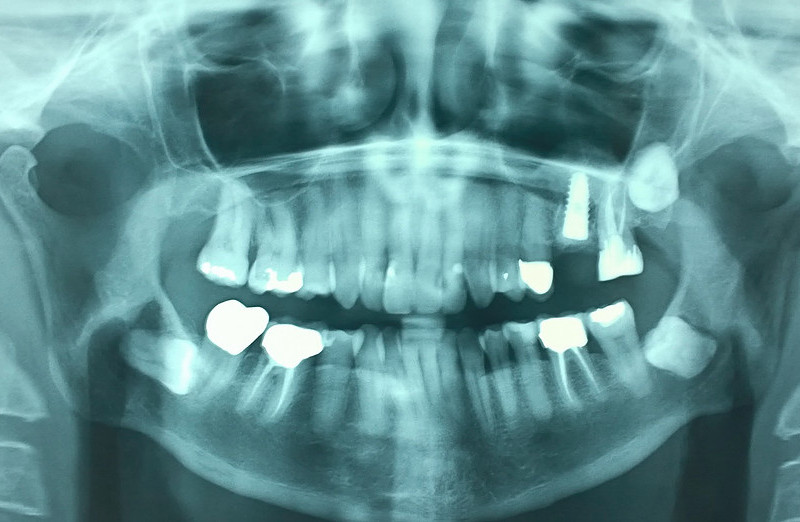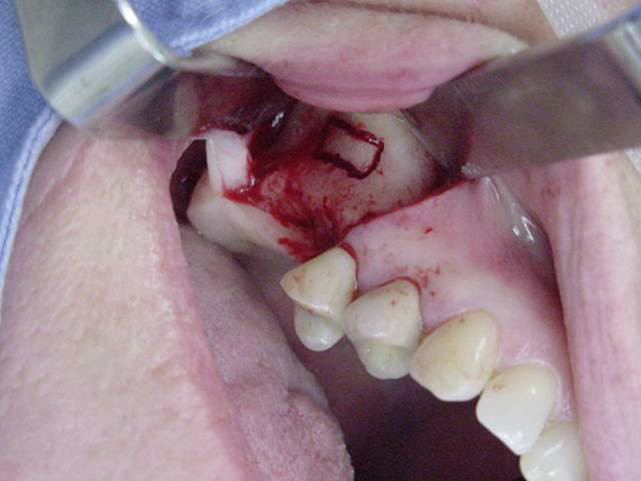What Is A Sinus Lift?
The maxillary sinuses are air filed spaces in our faces above the teeth. Some of the roots of the natural upper teeth extend up into the maxillary sinuses. When these upper teeth are removed, there is often just a thin wall of bone separating the maxillary sinus and the mouth. Dental implants need more bone to hold them in place. When the sinus wall is very thin, it is impossible to place dental implants in this bone.
A sinus augmentation or sinus lift is a procdure where we can raise the sinus floor and allow for new bone formation. The procedure leads to growth bone in the floor of the maxillary sinus above the bony ridge of the gum and below the lining of the sinus. By strengthening and growing bone in this location, dental implants can be placed and secured in the new bone growth
In the most common sinus augmentation procedure, a small incision is made on the premolar or molar region to expose the jawbone. Drilling is undertaken in the jaw bone up to the sinus floor. The sinus floor bone is pushe upwars with the sinus membrane. The newly created space is filled with bone grafting material, either from your own body or from artificial sources. After the bone is implanted, the incision is stitched up and the healing process begins. After several months of healing, the bone becomes part of the patient’s jaw and dental implants can be inserted and stabilized in this new sinus bone.
If enough bone between the upper jaw ridge and the bottom of the sinus is available to stabilize the implant well, sinus augmentations and implant placement can be performed simaltaneously.
The sinus graft makes it possible for many patients to have dental implants when years ago there was no other option besides wearing loose dentures.
A sinus augmentation is generally performed under general anaesthetic but can be done under local aneasthetic.

